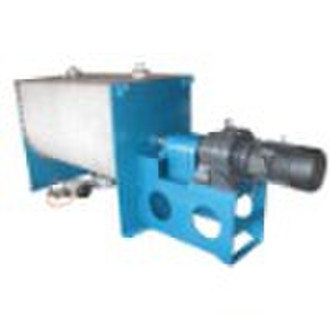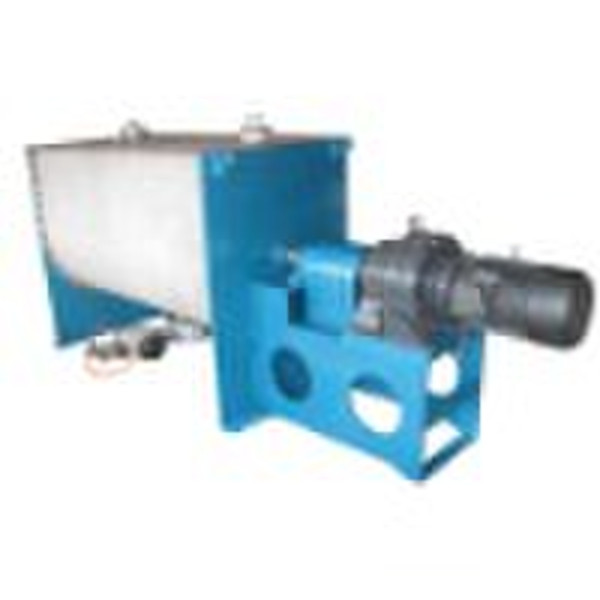Catalog
-
Catalog
- Agriculture
- Apparel
- Automobiles & Motorcycles
- Beauty & Personal Care
- Business Services
- Chemicals
- Construction & Real Estate
- Consumer Electronics
- Electrical Equipment & Supplies
- Electronic Components & Supplies
- Energy
- Environment
- Excess Inventory
- Fashion Accessories
- Food & Beverage
- Furniture
- Gifts & Crafts
- Hardware
- Health & Medical
- Home & Garden
- Home Appliances
- Lights & Lighting
- Luggage, Bags & Cases
- Machinery, Hardware & Tools
- Measurement & Analysis Instruments
- Mechanical Parts & Fabrication Services
- Minerals & Metallurgy
- Office & School Supplies
- Packaging & Printing
- Rubber & Plastics
- Security & Protection
- Service Equipment
- Shoes & Accessories
- Sports & Entertainment
- Telecommunications
- Textiles & Leather Products
- Timepieces, Jewelry, Eyewear
- Tools
- Toys & Hobbies
- Transportation
Filters
Search
Horizontal mixer

Richard Woo
Contact person
Basic Information
Application (1) Mixing powder and powder: Such as dry powder, plastic, feed, foodstuff (2) Mixing powder and liquid or slurry: Such as decorative putty, stone coatings etc. Application area: Mainly applicable in industry of chemical, medicine, foodstuff, complex fertilizer, health care product, pigment, rubber, construction material, milk powder, feeds,additive, livestock breeding, biological engineering, refined chemical, ceramics, refactory material, rare-earth, plastic, glass and new materials. Performance and CharacteristicsCHMP-U (Spiral Ribbon Type) 1. This machine is a horizontal type in tube structure which is unique by double spiral of inside and outside. It has many advantages such as steady running, reliable quality, low noise, long useful time, convenient installation and maintenance etc. Various mixing structures are optional. It may realize multi- functional mixing for wide purposes.2. Under feasible factors, horizontal spiral ribbon mixer won't be influenced by particle size and density and has good mixing effect for viscous materials.3. Rapid mixing speed, high mixing uniformity. For viscous materials, the spiral ribbons may be installed with mix thick and pasty materials.4. As per various demands for mixing different materials (special materials must be cleaned each time before using), adopt different spiral ribbon structures.5. Dodge gate may be installed at the machine body as per request of customers for the purpose of cleaning.6. Pro and con rotating ribbons are installed on the same horizontal axis to form a low-power and high-efficiency mixing environment.7. Low height of cylinder is convenient for installation.8. Big load factor and small floor space.9. It can be designed and manufactured as per customers' request, such as for attaching screw conveyer.Operation PrincipleCHMP-U (Spiral ribbon mixer)CHMP-U spiral ribbons are two-layer structure. The inside spiral ribbons turn the materials from inside to both sides during rotating process,while the outside spiral ribbons turn the materials from both sides to inside. This motion makes the materials mix in a round trip. Meanwhile part of the materials are pushed to have radial motion along the shaft axis, thus forming convective circulation.
Delivery terms and packaging
Packaging Detail: IN WOODEN CASES Delivery Detail: 40 DAYS
Payment term
Documents Against Acceptance
Documents Against Payment
Letter of credit
Telegraphic transfer
-
Payment Methods
We accept:









